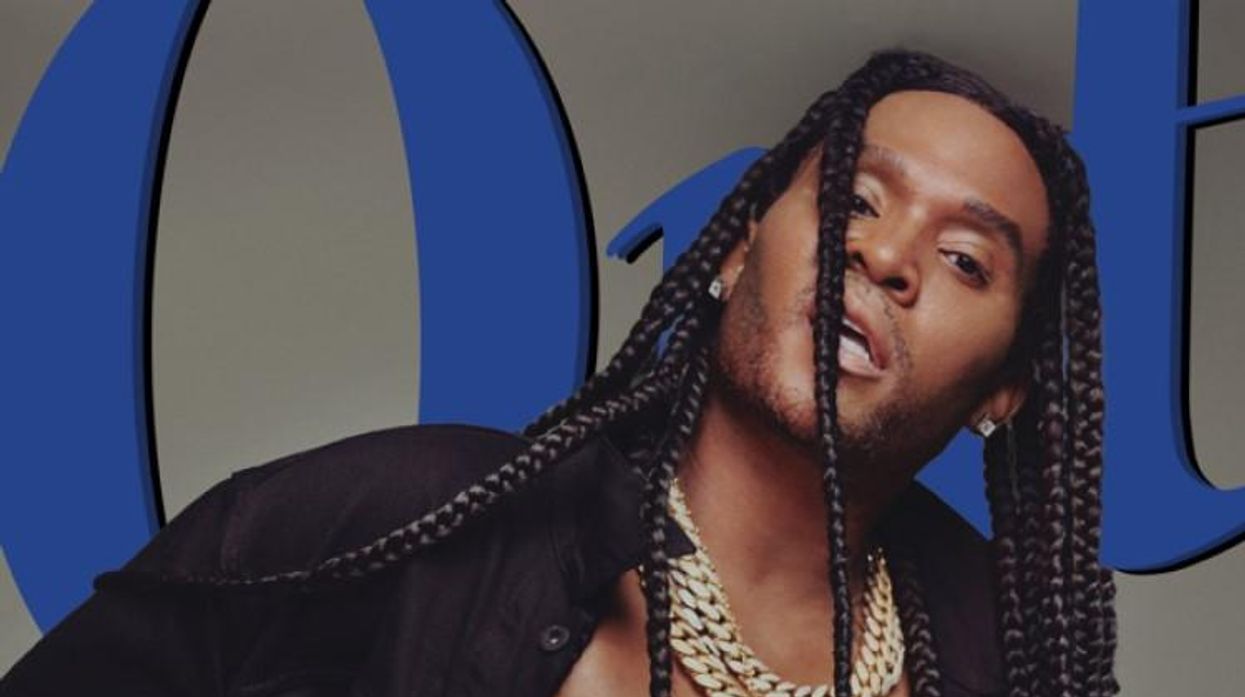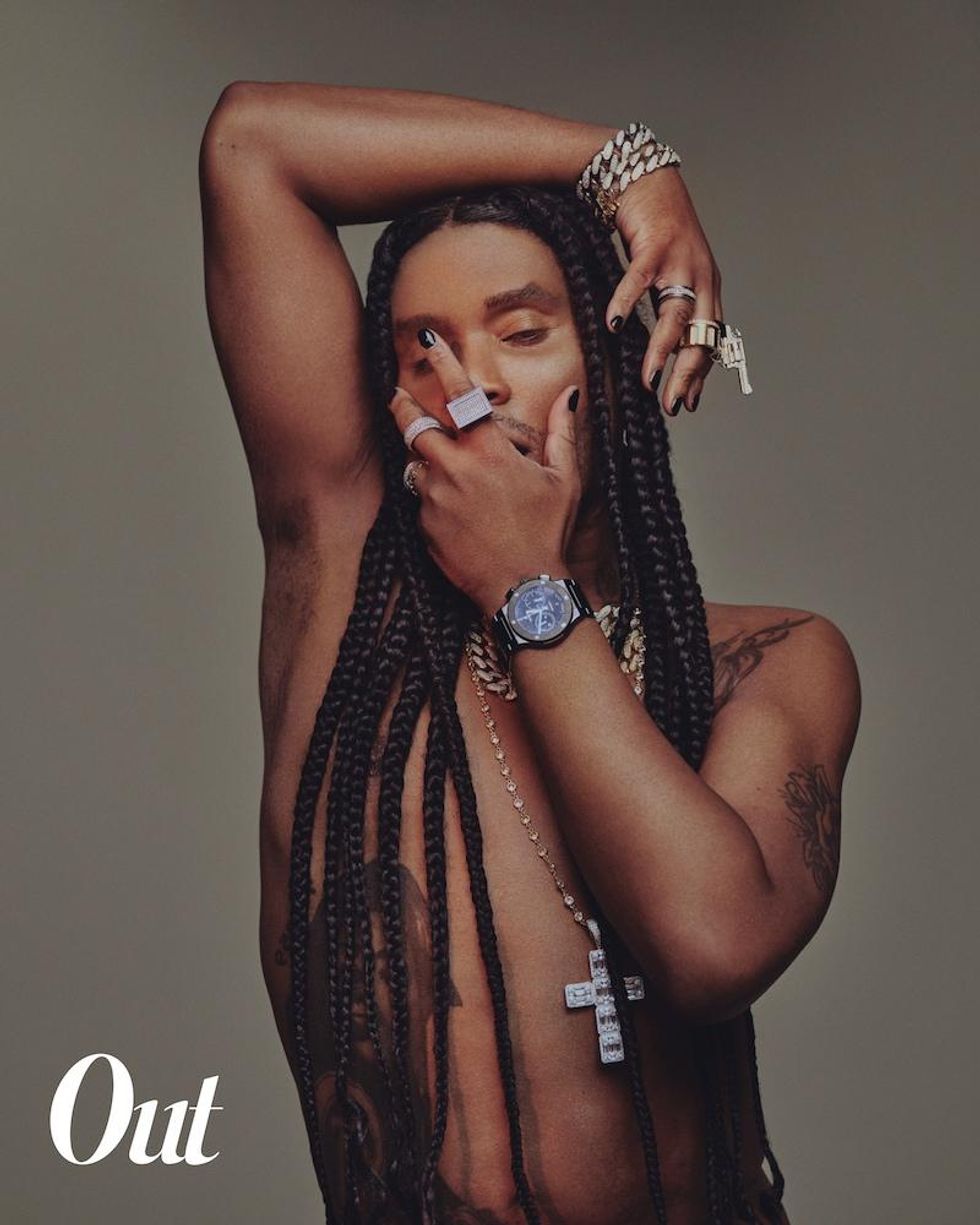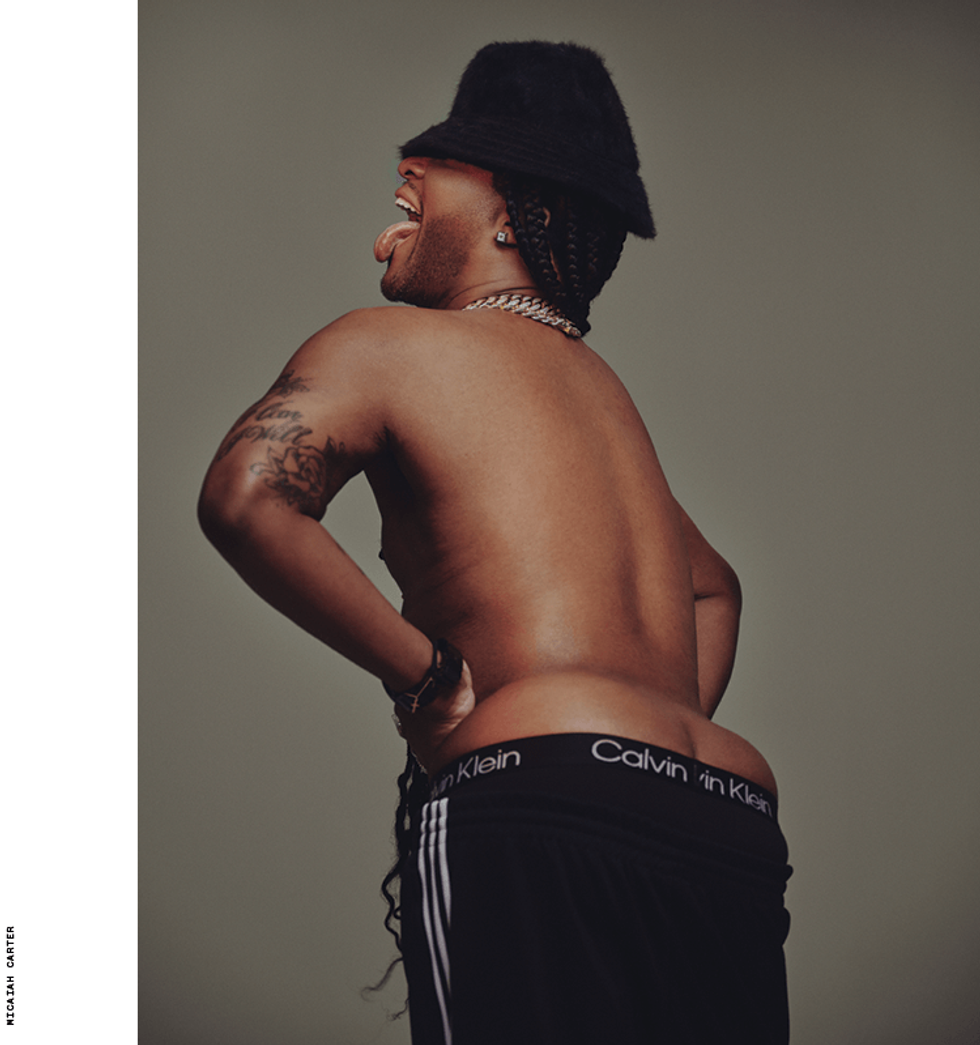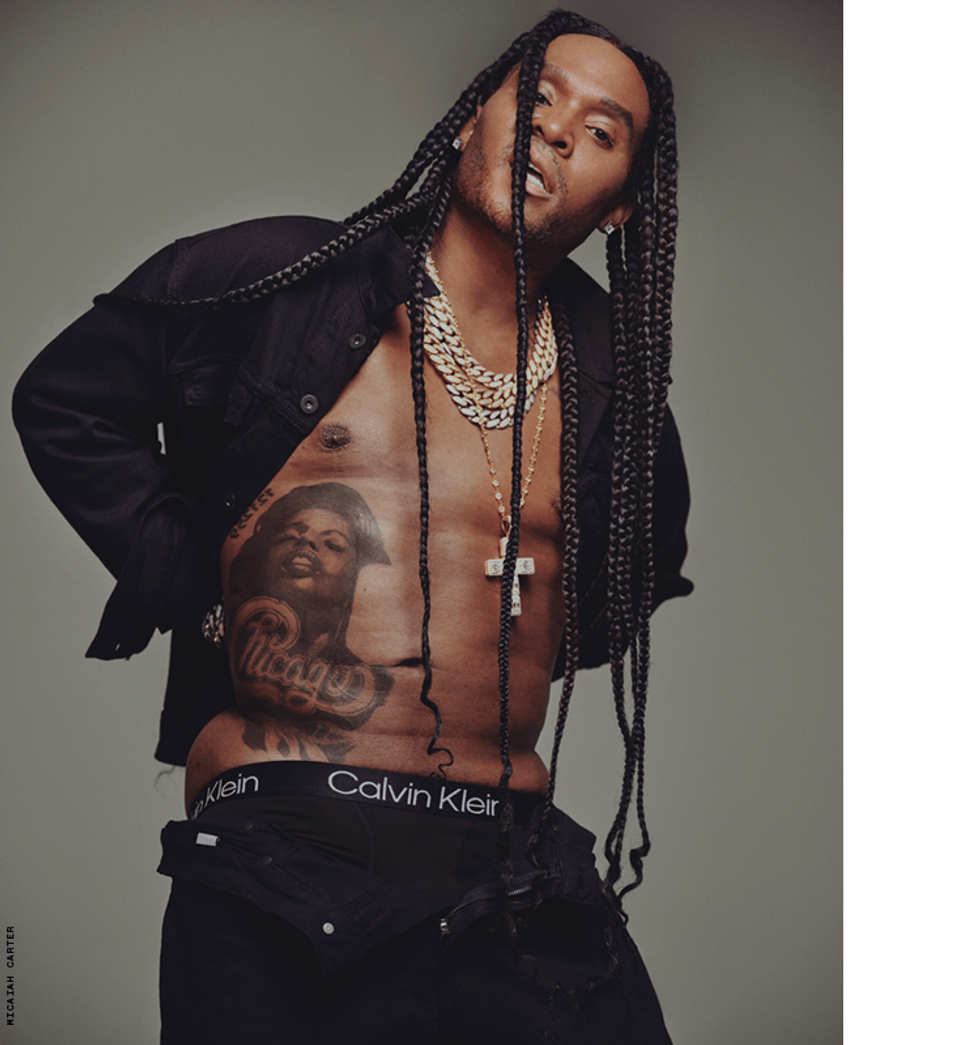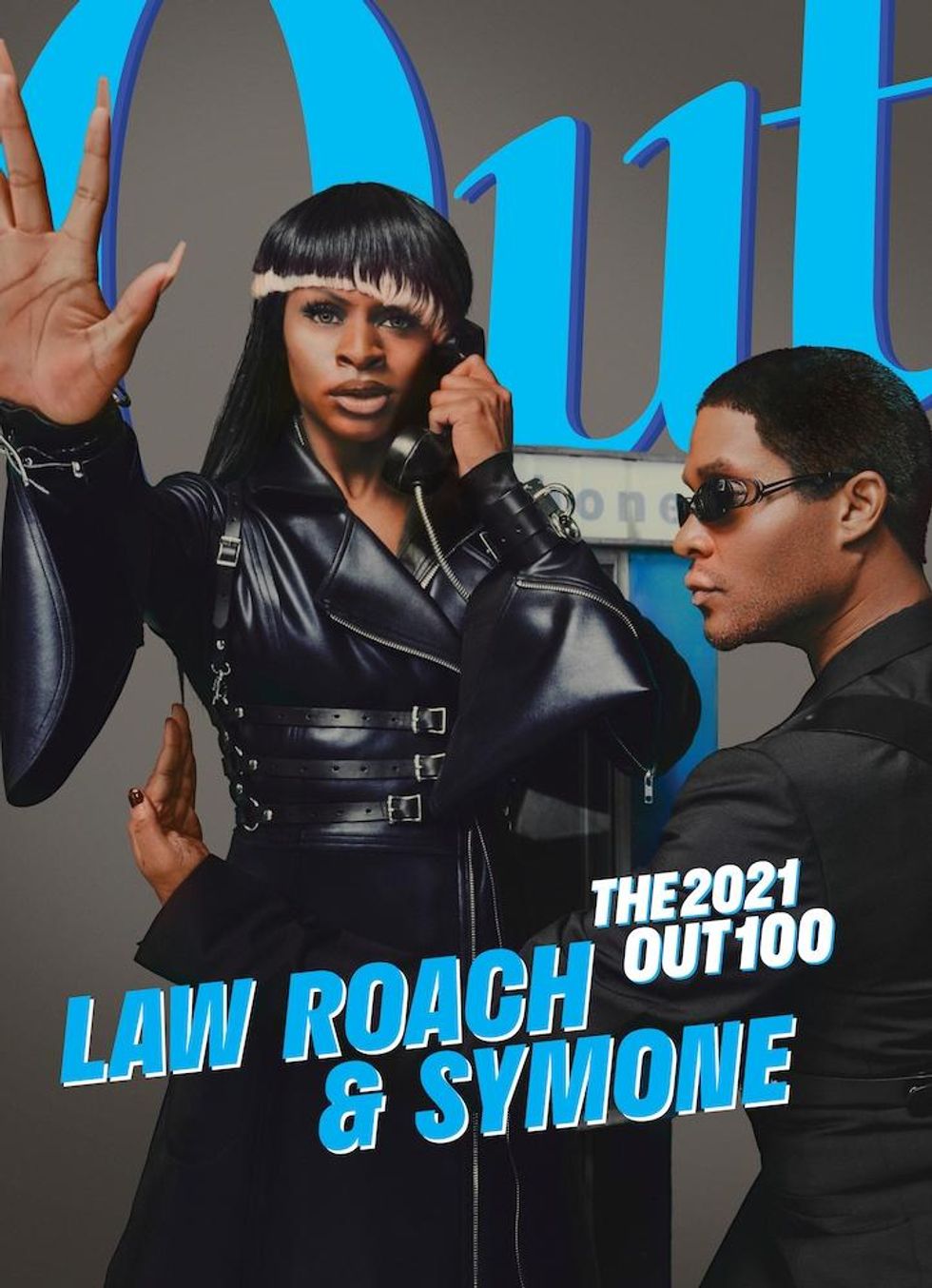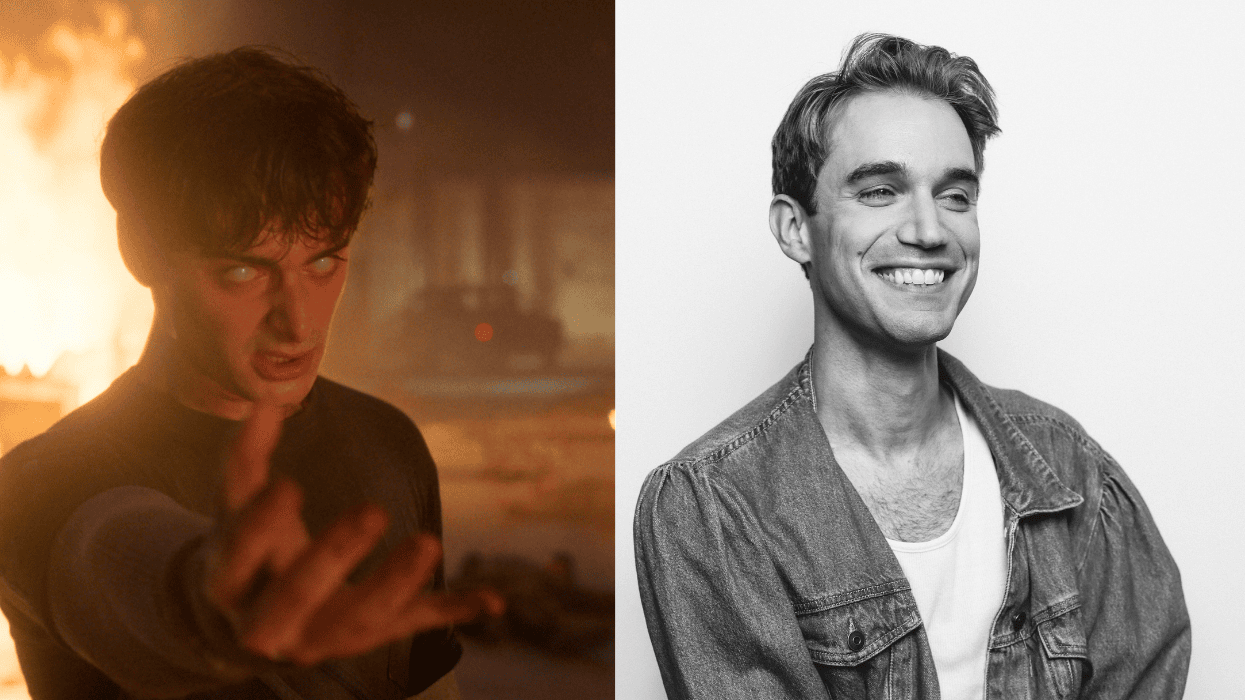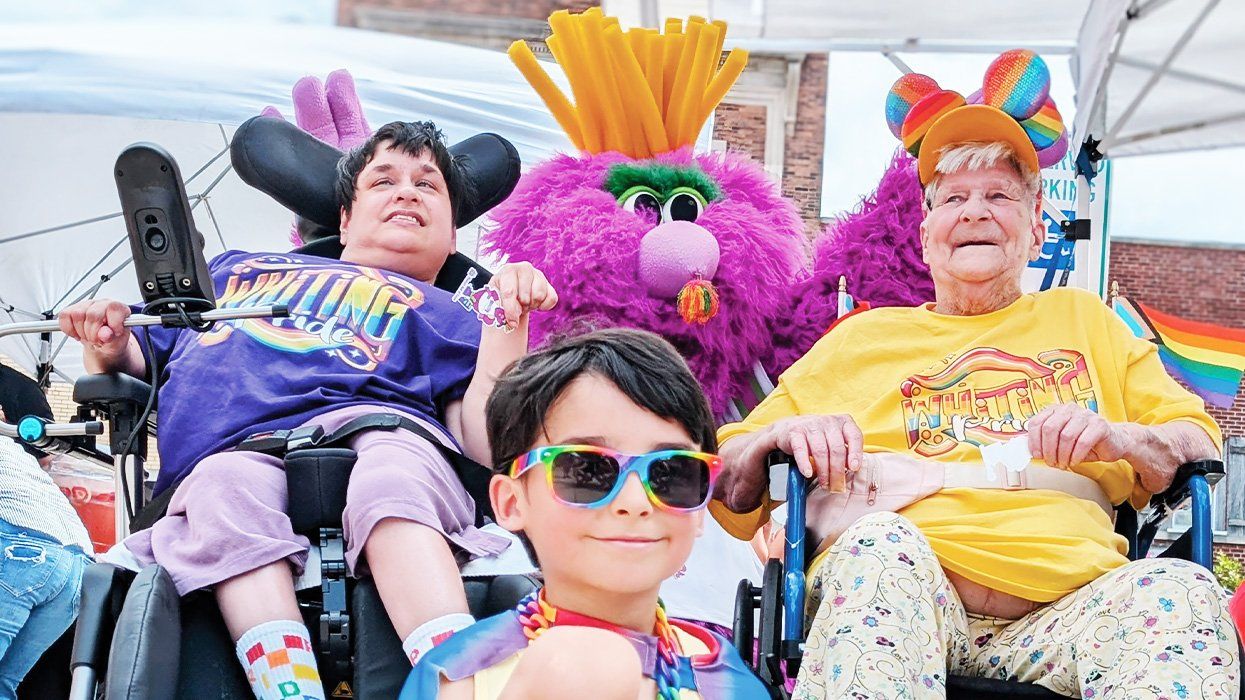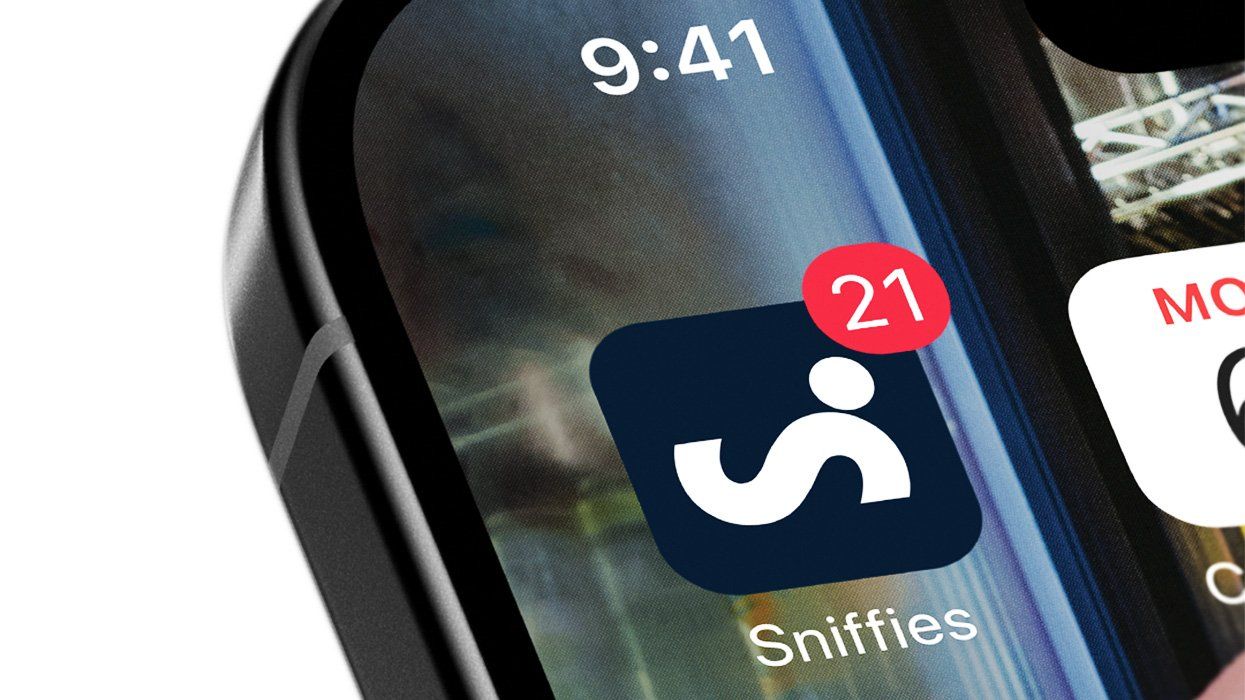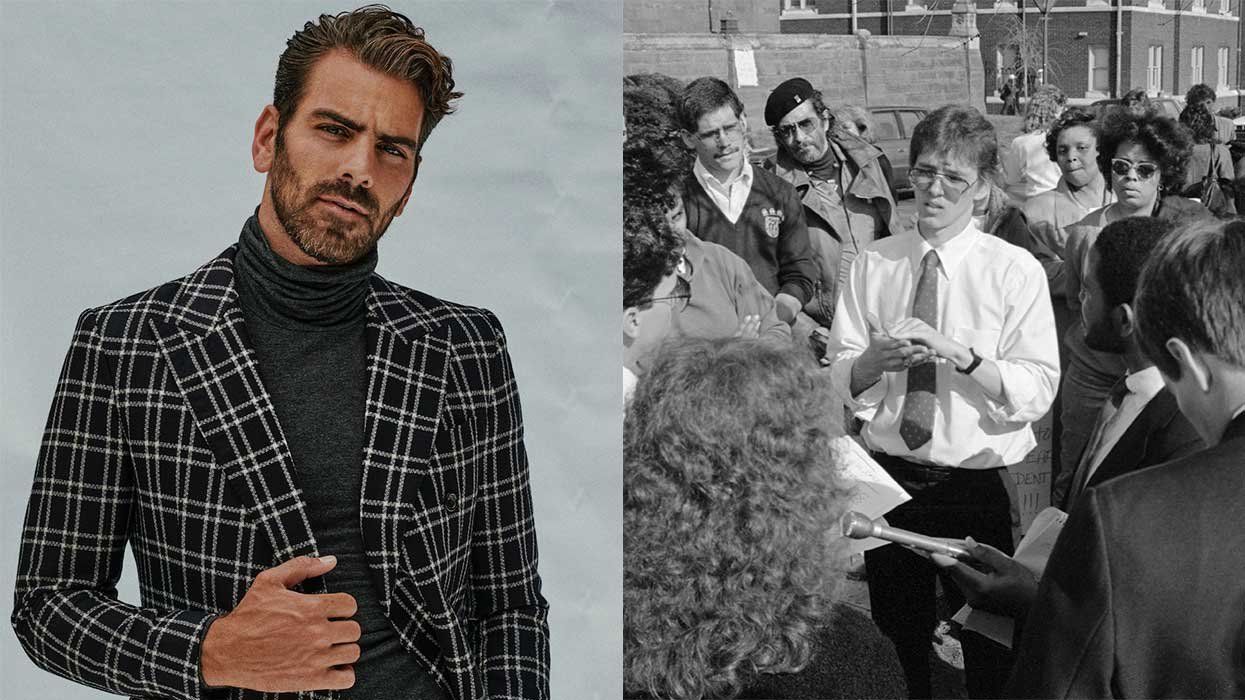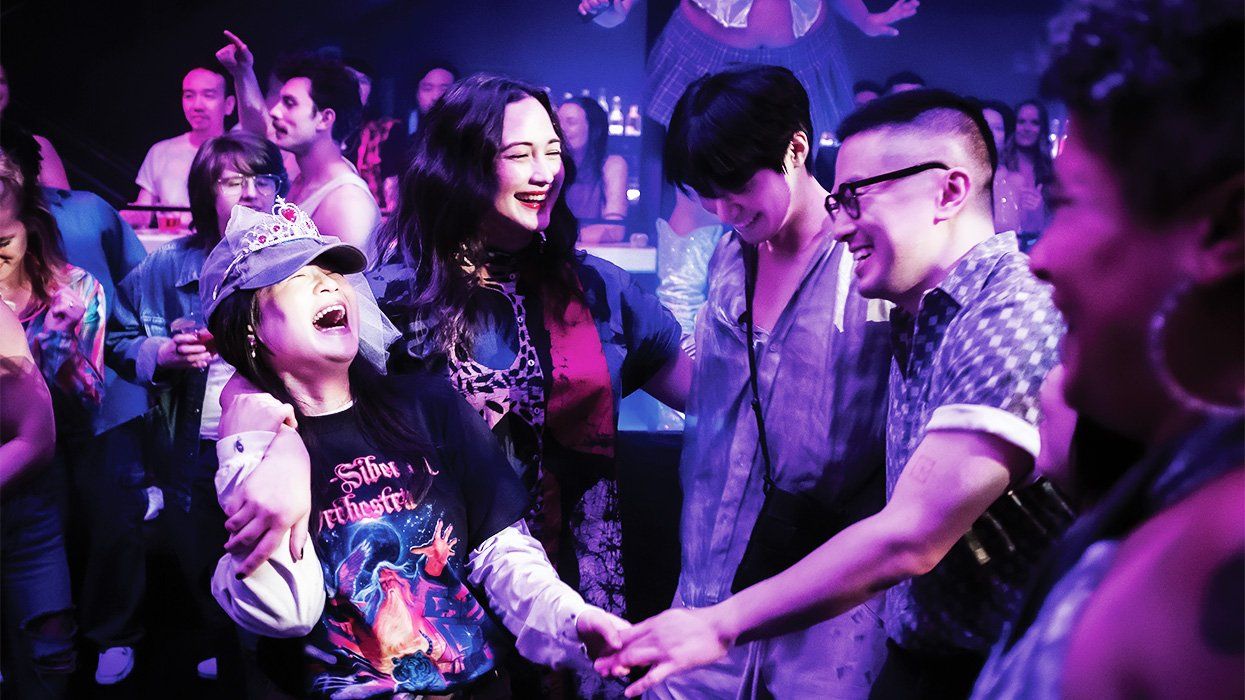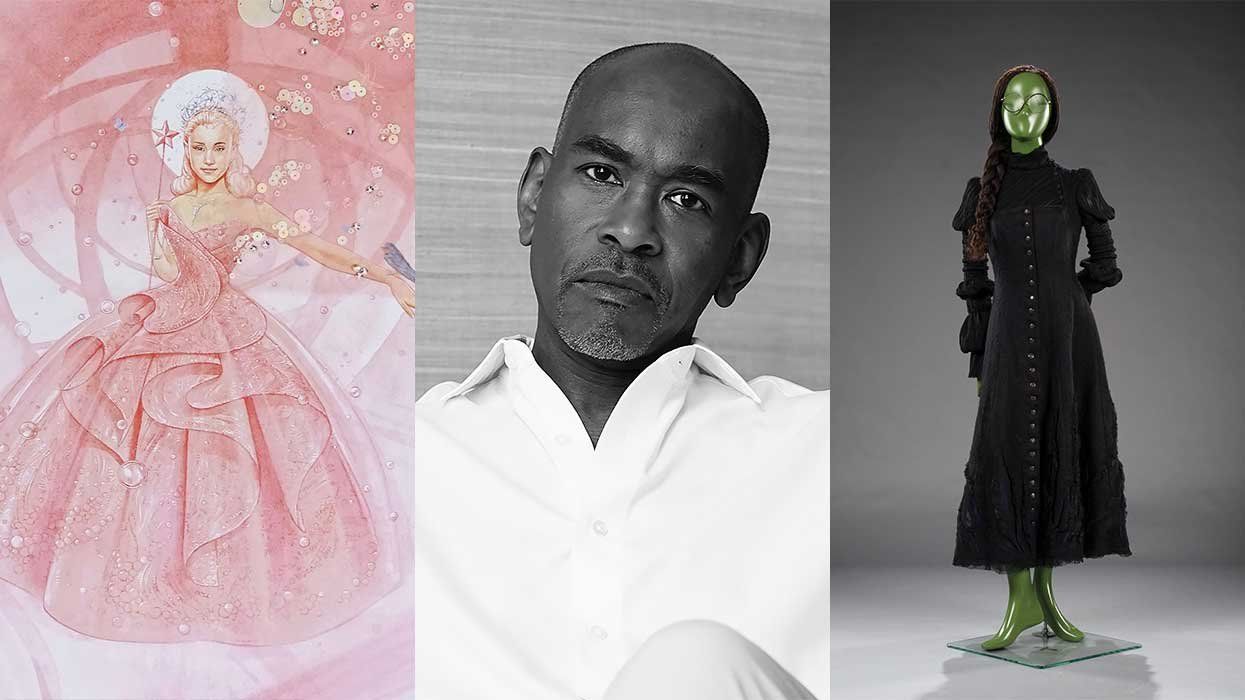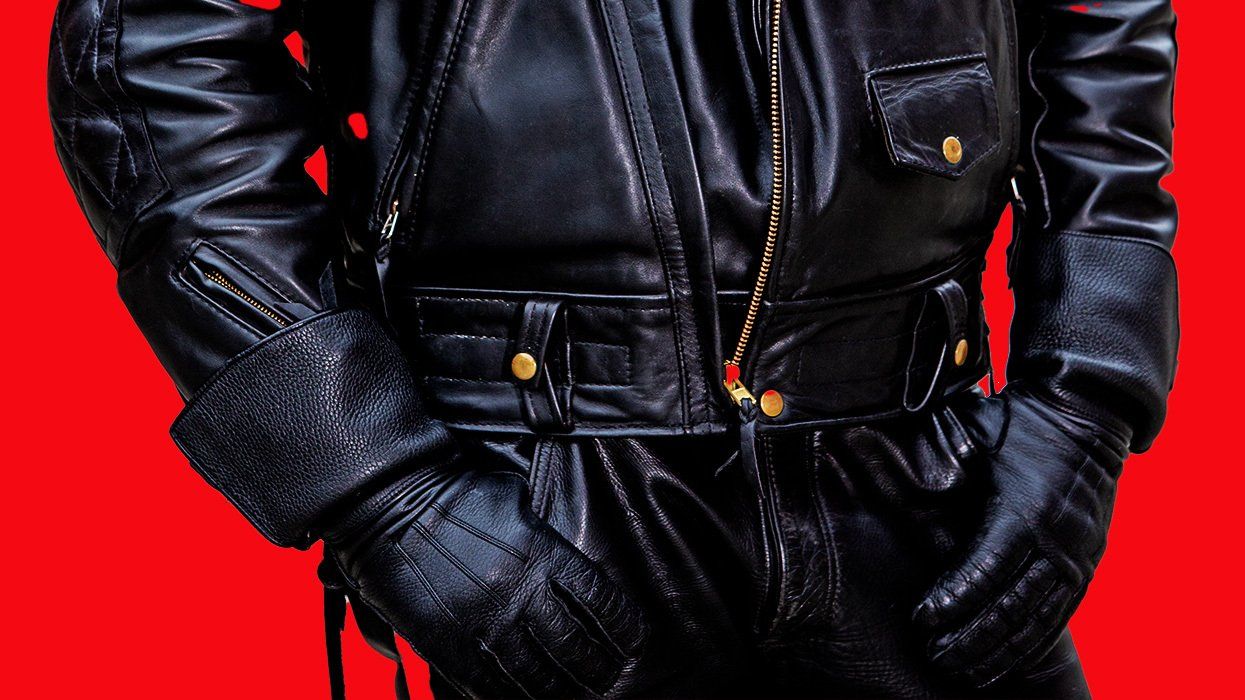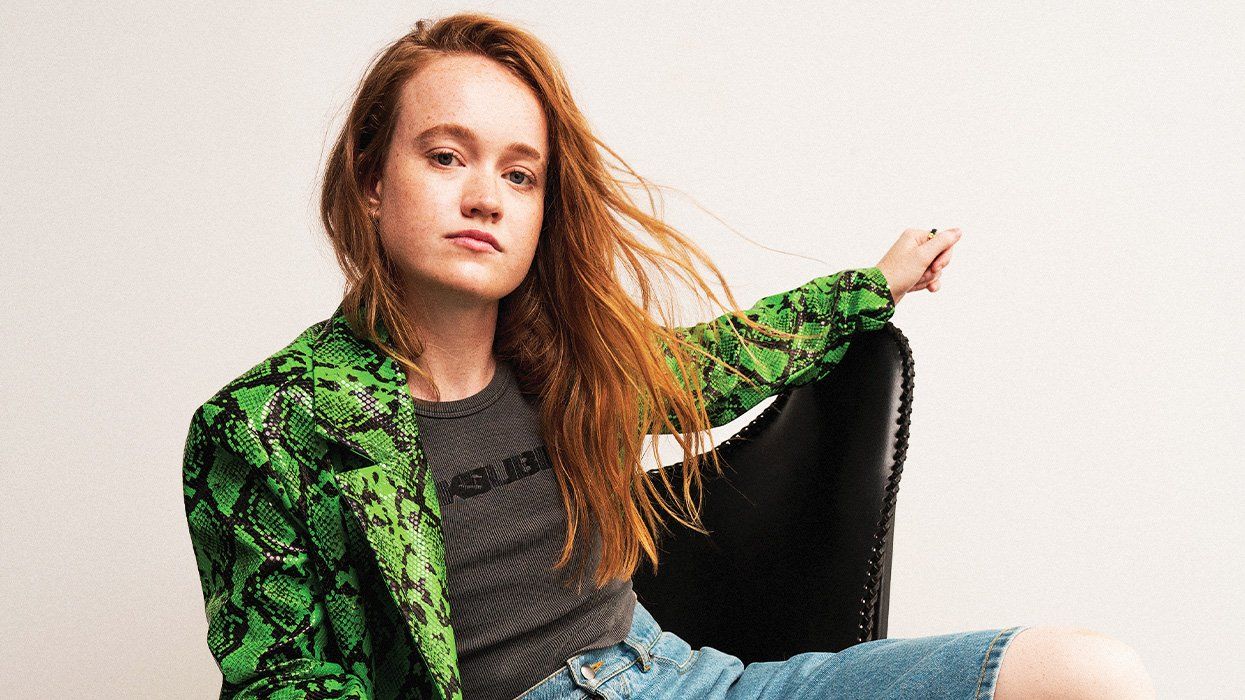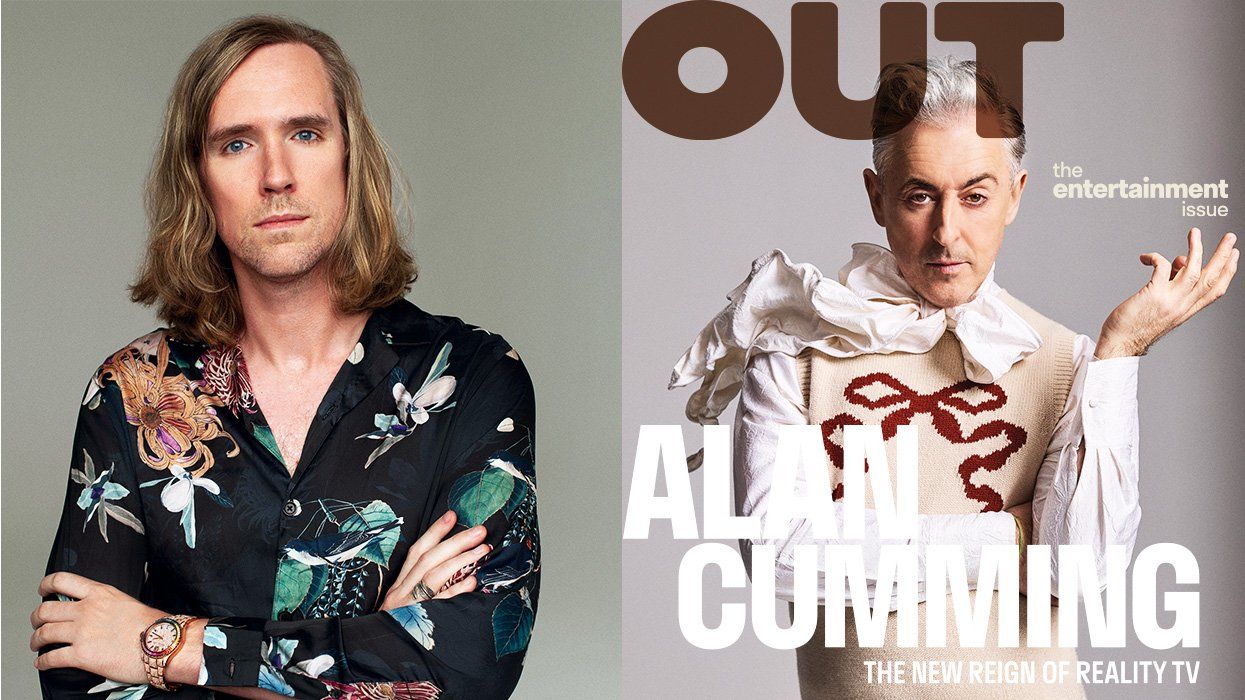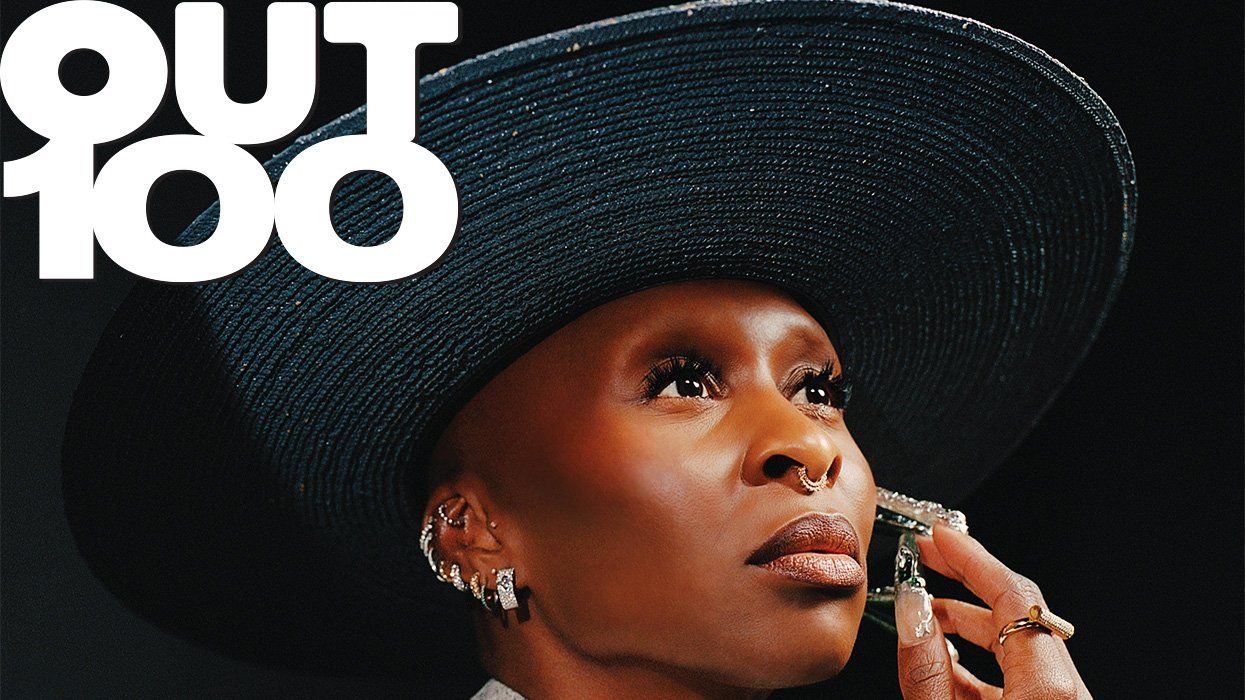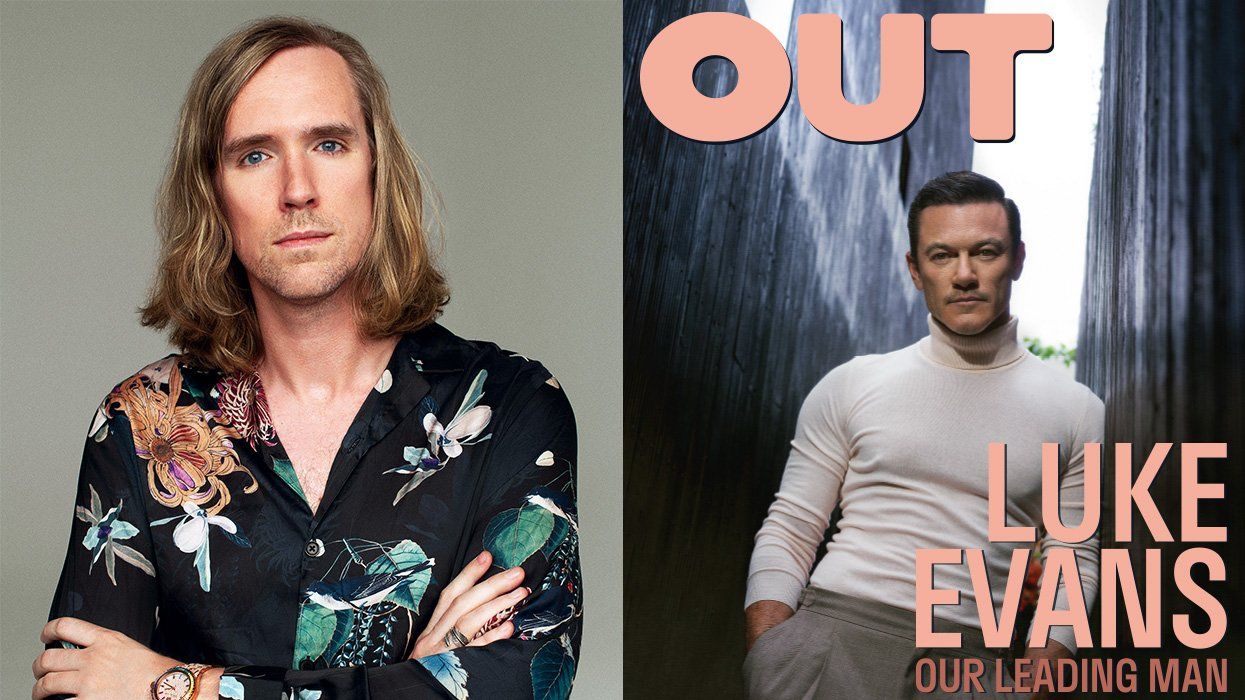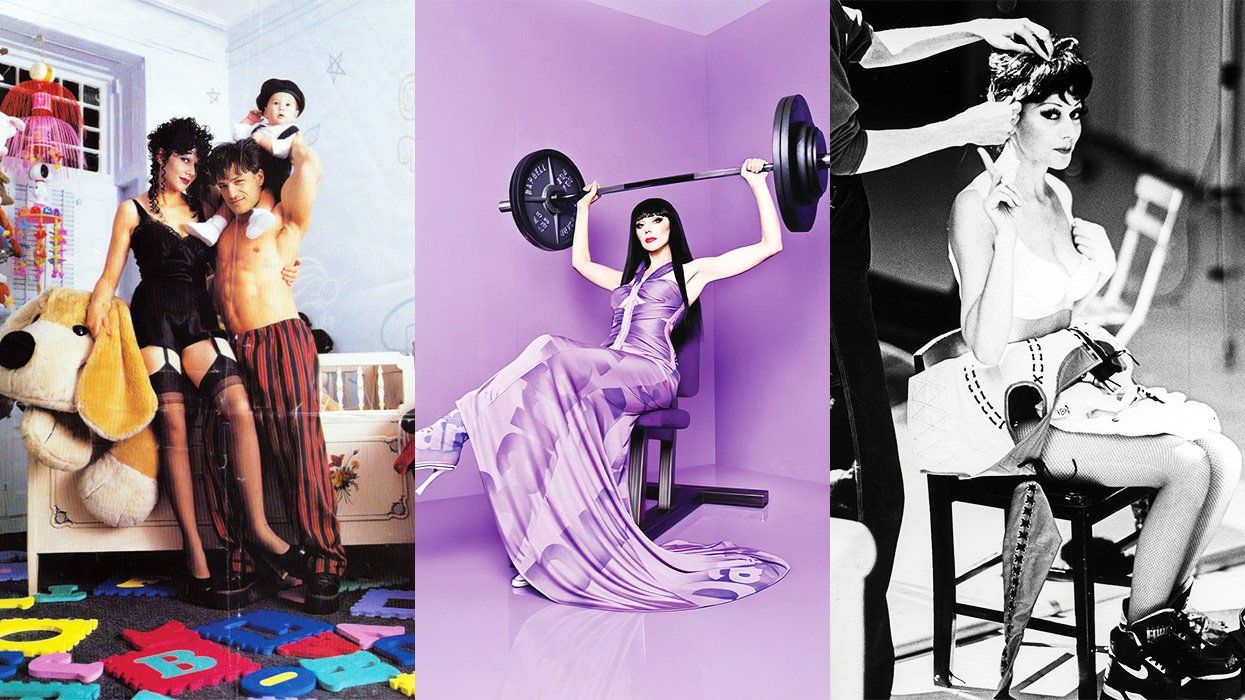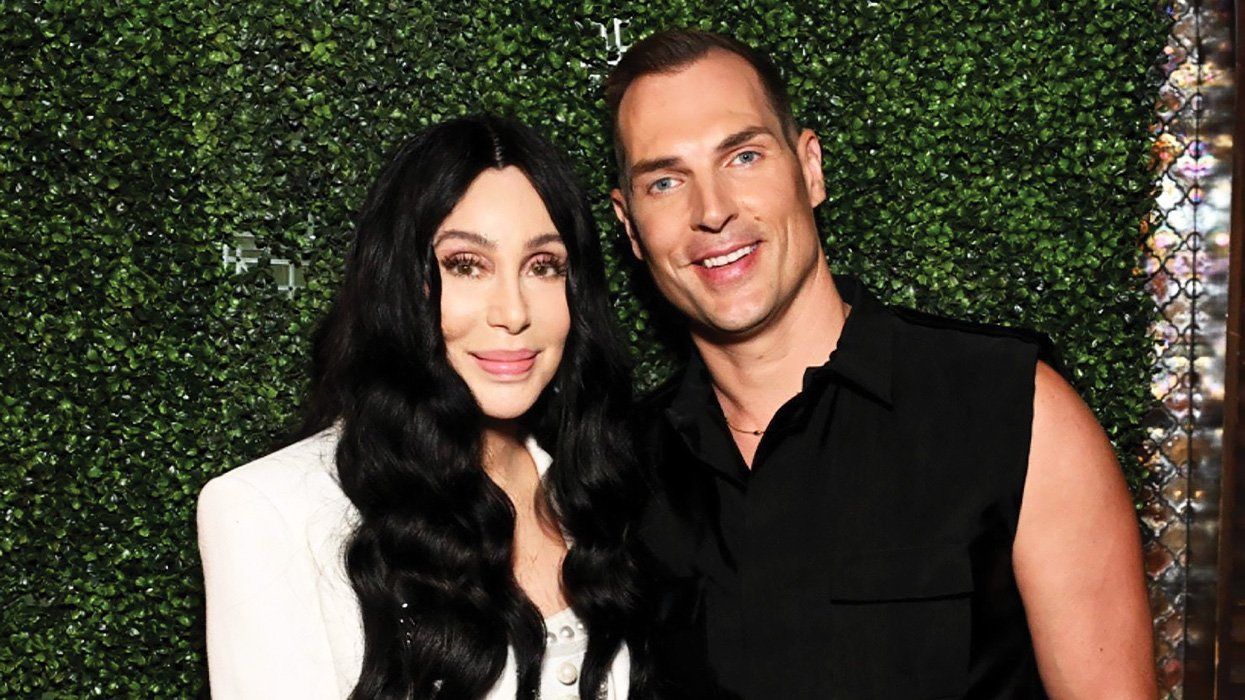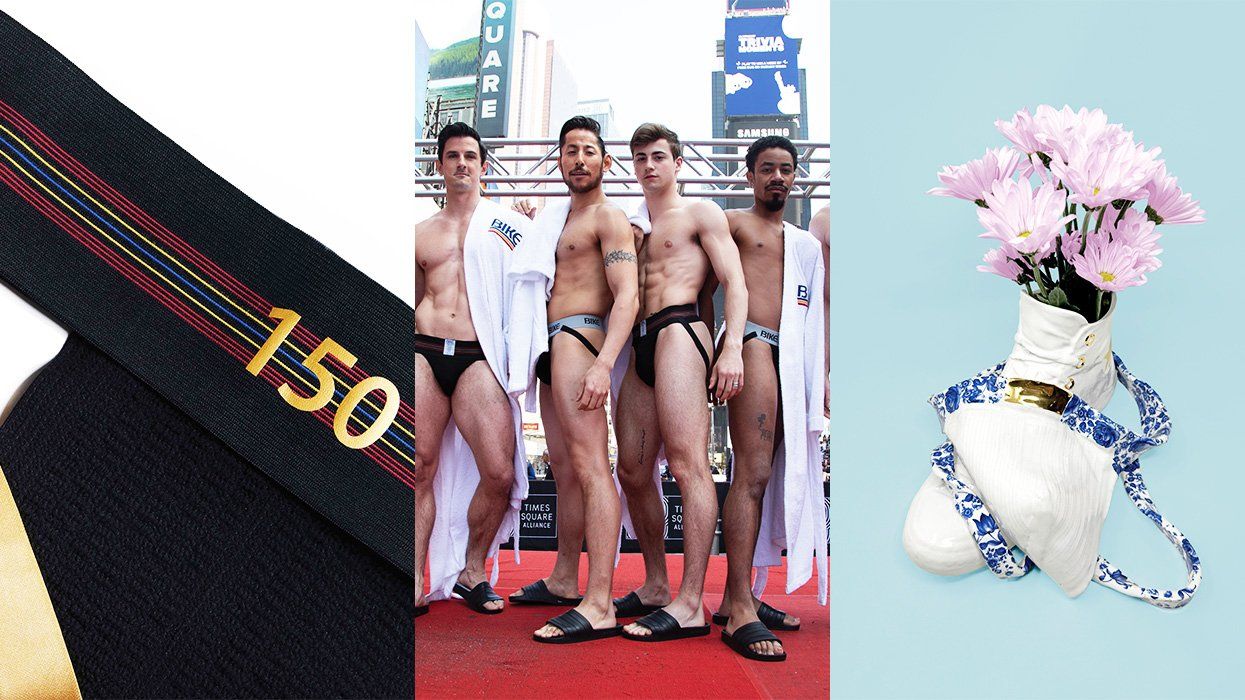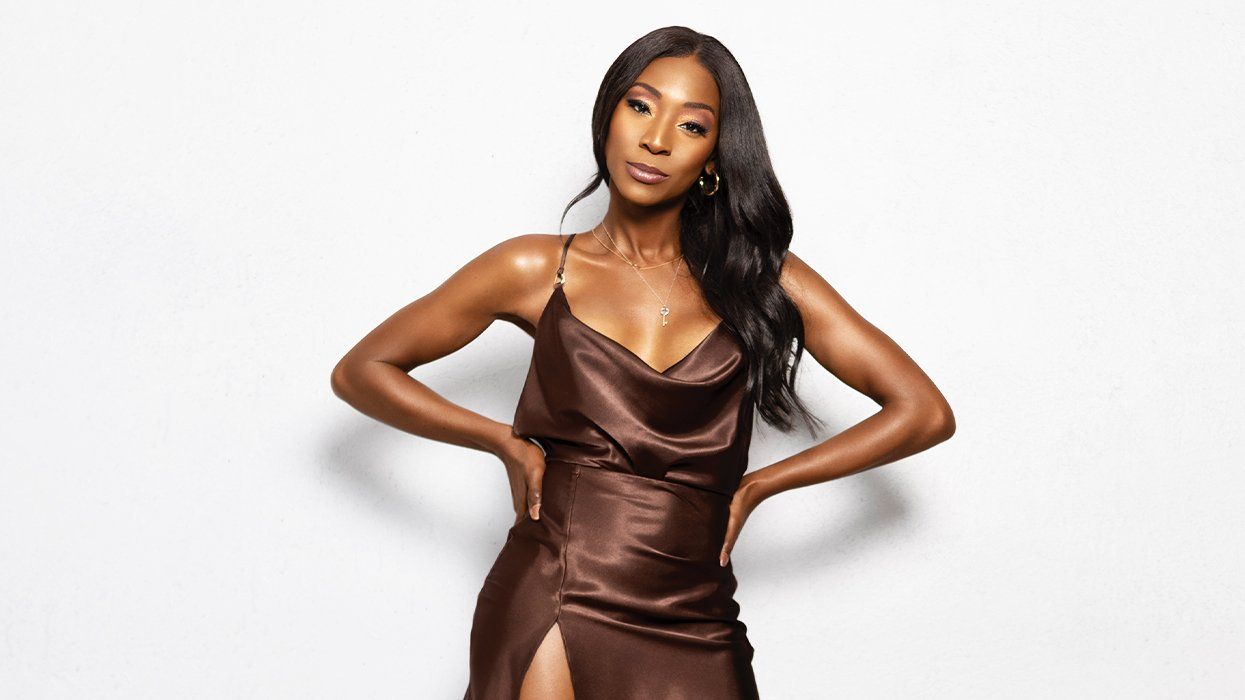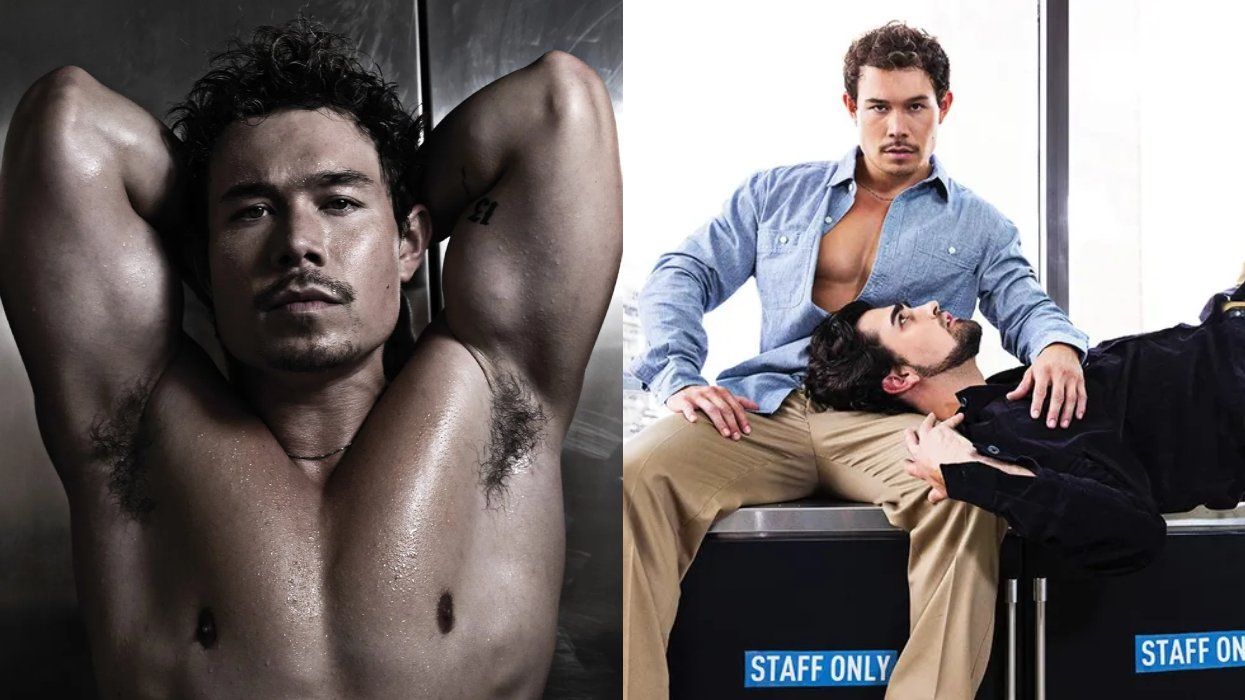As he's said before, "image architect" Law Roach didn't come from any lineage within the fashion industry.
"Unfortunately, I didn't really have the opportunity to study under anyone or be mentored," he tells Out for his Out100 cover story. "There was never a time when anybody took me under their wing, but I've always had that 'speak it into existence, fake it till you make it' mentality." That mindset has, in the span of a decade, seen the stylist and judge on HBO Max's Legendary build a multimillion-dollar global business with a portfolio of clients that has included Zendaya, Kerry Washington, Celine Dion, Tom Holland, Anne Hathaway, Mary J. Blige, Ariana Grande, Priyanka Chopra, and more. And it's seen him start a bloodline all his own.
As the story goes, back in 2011 Roach had his own vintage shop. After studying psychology at Chicago State University, he returned to a love cultivated by his grandmother: junking, the process of scouring garage sales and thrift stores to find gems. With those prizes he opened Deliciously Vintage, a store that later added multiple locations. A Kanye West appearance put the venue on the style map. But sales weren't paying the bills.
Roach would run his store (and look for new pieces) during the week. In an attempt to start a styling business, he told those in the fashion industry he was a New York City "local" and would often fly into Manhattan to do projects like music videos for K. Michelle. "And then I would go back to Chicago and get behind the bar on the weekend and that's what supported me," he admits. "Back then I was taking care of my little brother who I had custody of and the bartending fed us." The pair were two of five siblings.
Then a job came working with Zendaya, a Disney star, to style her for the Justin Bieber: Never Say Never premiere. It kicked off an exhaustive six months of running the shop and bartending in Chicago, styling K. Michelle in NYC, and building a relationship with Zendaya in L.A. A woman who had become somewhat of an aunt to Roach sat him down and told him, "You're never going to win the game if you're not in the stadium." The decision was made: He closed the shop, quit bartending, and relocated to a friend's couch in L.A.
"I love to see people who look like me doing things and unfortunately, with the career that I have, there was no example of people who looked like me doing that when I first started." Roach says of his beginnings in celebrity styling. "The only thing that I had as a picture of what I wanted to be was Rachel Zoe."
Though he knew of stylists like Misa Hylton, June Ambrose, and Crystal Streets, it was the power that Zoe was wielding, and the checks she was reportedly cashing, that were seductive. "I wanted that. And when I started, I didn't see anybody who looked like me doing it."
He hit the ground running. His client list expanded: Monica, Brandy, Tamar Braxton, and more. In 2014, La La Anthony was his first client to go to the Met Gala. In 2015, he styled almost a dozen people for the BET Awards. The money was flowing which was a departure for someone who, in childhood, sometimes had to sleep on piles of clothes instead of a bed. But it wasn't enough.
A turning point came when Roach approached a large agency for representation. "They said my book wasn't strong enough," he remembers. It wasn't the styling that was an issue. The problem was the type of clients: He had become the in-demand stylist for R&B singers.
"The only thing I was caring about was the bottom line and I was making a lot of money," he says. "But what I started to understand was the trajectory. Back then, you could get pigeonholed in the industry. You could be known for a certain thing and it'll put you in a box."
So he signed on for white actress Willow Shields, then promoting The Hunger Games. That change initially meant taking a sizable pay cut.
"It was painful for me to make the decision that I wasn't going to do any more Black girls," he explains. Shields turned to Ruby Rose and Jessie J during her "Bang Bang" period, which led to Hathaway, Grande, and Dion. He became the sole Black celebrity stylist consistently dressing A-list white names, something that's only recently changed. "When I think about that decision, it always hurts me that I felt like I had to turn my back on my culture and the people that were important to me to have the career that I have now," he says. "But I feel like if I hadn't made that decision, I don't think I would have had the same career in the same time."
Roach has surpassed those frustrations, making history as the first Black person named as The Hollywood Reporter's Most Powerful Stylist -- he had previously been the first Black stylist on the cover of the much-lauded issue. And he's gone back to working with the talent that he finds to be "important" to him like the City Girls, a hip-hop duo. Zendaya, his longest-running client, will make history this year as the youngest recipient of the CFDA Fashion Icon Award through a sartorial vision he indelibly shaped, and Anya Taylor-Joy, who he worked with for the first half of this year, will receive the first-ever Face of the Year Award at the same ceremony.
At this fall's Met Gala he styled a jaw-dropping 10 looks, counseling client and F1 driver Lewis Hamilton to buy his own table and put the spotlight on up-and-coming Black designers who might otherwise have not gotten the opportunity. At the fundraising event, where celebrities are generally invited as guests of big brands with deep pockets, this was unprecedented.
In the final days leading into the Met Gala, Roach met with designer Kenneth Nicholson to look over what he had created for Hamilton. The pair had traded messages in the weeks prior, with Roach encouraging Nicholson along in the process toward his first major celebrity dressing job. When the two finally met in person, they had a moment.
"I know you have your fashion kids," Nicholson laughed. "I'm trying to be one."
"I do have my fashion kids, which I love, and you know, whenever there's an opportunity for me to help them [I do]," the stylist responded. "If I tell you I love you, I really love you, and I'm going to do whatever it is to help you succeed.
"You are my fashion baby now. Mommy's here. Hug mommy."
Roach built his career as a stylist working with new or emerging talent -- this began out of necessity because bigger brands wouldn't let him pull their clothes. But he continued down the path long after those same big-name brands came around, with labels like Nicholson's. He also cultivates close relationships with other creatives: Kollin Carter, previously Law's assistant, now works with Cardi B, Ciara, and Normani; photography duo Donte Maurice and Ahmad Barber have had an explosive time during the pandemic, often working with the mega stylist; and Amanda Murray, a fashion influencer known as @londongirlinnyc, received many of Roach's Paris Fashion Week tickets. Roach counts them all as his fashion children.
"I always say I am who I am for two reasons: 1.) because somebody told me I was special and 2.) because someone one gave me an opportunity," he says. So, he, in turn, does that for those he believes in.
That maternal instinct, has another side though, what Roach likens to a mother cat. "Don't fuck with my kids, don't fuck with my babies," he laughs. This is something he likely cultivated from raising four younger siblings as his mother had been addicted to drugs and alcohol, but it extends outside his "children." Some of Roach's most explosive fights as the over-the-top judge on Legendary are arguably a result of that same instinct: whether bickering with Pose's Dominique Jackson in season 1 or checking Tiffany Haddish in season 2, it's been about protecting the space and others on set. But it can also just as quickly morph into a reprimand when he's disappointed -- all in a bid to disrupt the current state of the industry and birth something new.
2021 has been an incredibly transformative for Roach as he becomes a more public-facing persona. Through judging Legendary as well as a variety of fashion designer competitions, appearing on red carpets as a celebrity in his own right, and his voracious usage of Instagram, Roach has become somewhat of an influencer.
"There's a part of me that hopes I can be the next Isabella Blow," he laughs. By this he means finding the next Alexander McQueen. The hope is that by the time he finds the next star designer, he will have accumulated the power and influence to help them build and establish a career. That's something that he's unable to do while "hiding behind a rack of clothes." But he does it all while maintaining a devastatingly crushing styling schedule, working with clients at the highest level. And he moves heaven and earth to make them happy.
"At the end of the day there's still a little kid in me that wants people to be proud of me and really want to do a good job," he reflects. "And I want people to get what they pay for and get what they expect when they come and work with me. They expect a certain level of service and I never want to disappoint people with that."
Photographed by Micaiah Carter
Styled by Law Roach
Hair by Antoinette Hill
Makeup by Amber Amos for The Only Agency
Jacket and Pants by Levi's
Rings by Jason of Beverly Hills
Necklaces, Bracelets by XIV Karats
Watch by Hublot
Law Roach is one of seven cover stars of Out's 2021 Out100 issue, which is on newsstands November 30. He shares his print cover with Symone. Since this is also Out's 300th issue, we are running a $3 promotion for a one-year subscription. Subscribe now (the promotion ends on December 1). Otherwise, support queer media and subscribe outside of the promotion -- or download yours for Amazon, Kindle, Nook, or Apple News.


